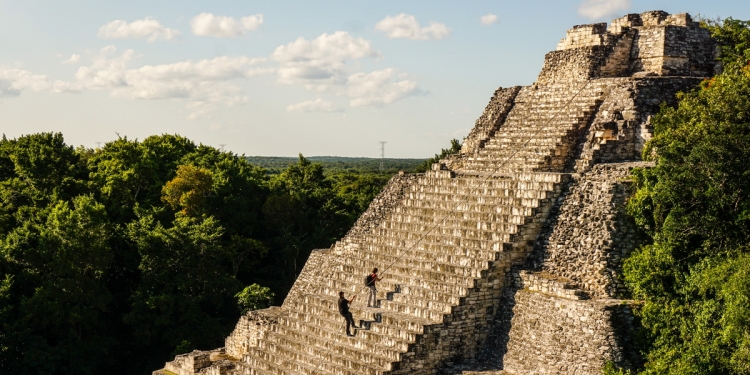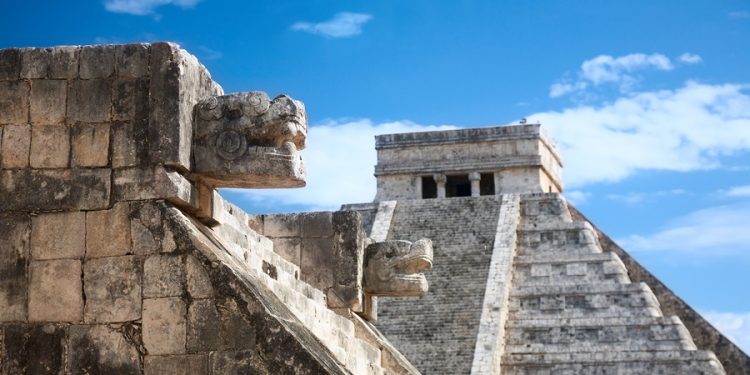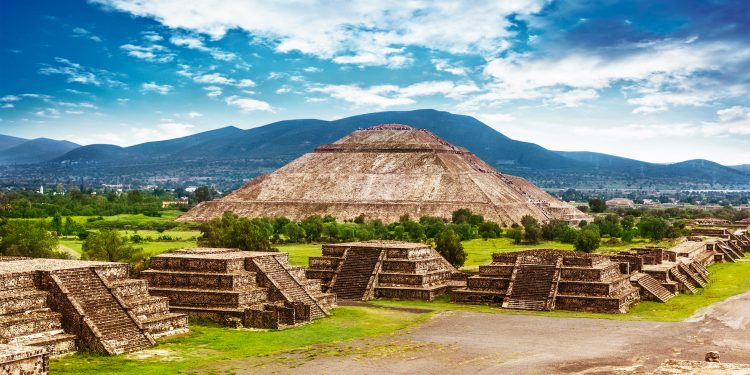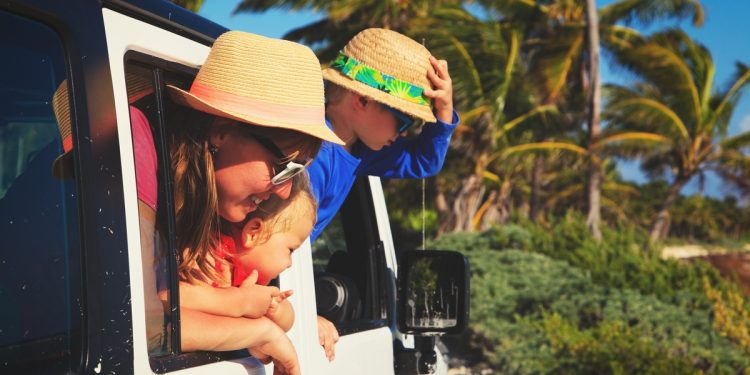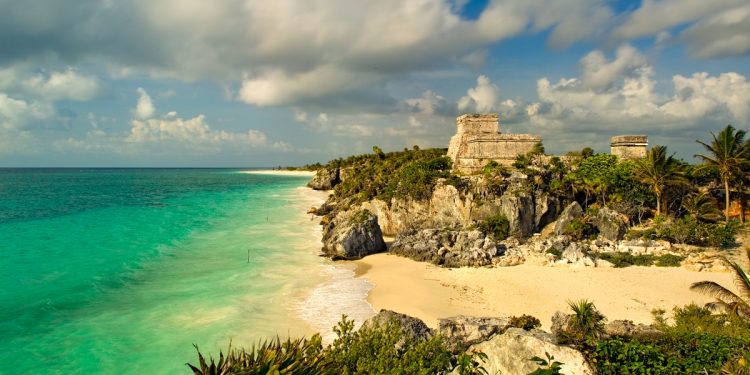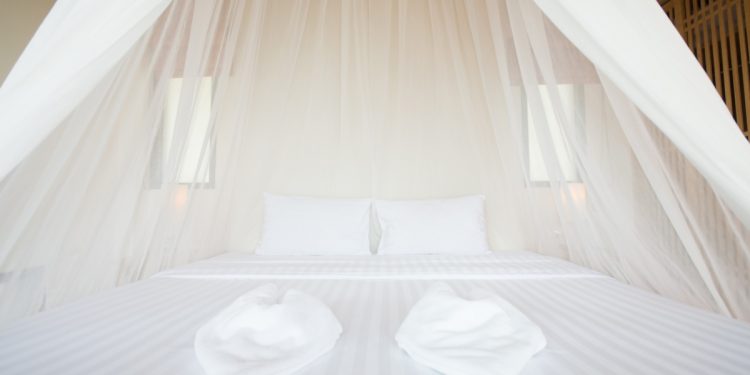One of the most rewarding travel experiences Mexico offers is an opportunity to visit its pyramids and archaeology sites—ancient towns and cities where the Aztec, Maya, Toltec, Zapotec and other civilizations lived, and where their history can be explored and learned about.
Preparing for your visit to an archaeology site in Mexico
Many of the archaeology sites are situated in remote areas which may also be exposed to the elements. Preparing for your visit and considering what you take with you on the day can help to make your visit more enjoyable, avoid inconveniences, and prevent accidents.
Opening days and times
Except for the country’s most popular archaeology sites which are open 365 days a year, sites and museums across Mexico are closed on Mondays. Archaeology sites open from 8 a.m. to 5 p.m. Chichen Itzá and Uxmal offer an after-dark ‘light and sound’ show which begins around 8 or 9 p.m.—check locally for details.
Check to see which sites are currently open/closed
Many of Mexico’s archaeological sites are currently open to the public, but some are closed, either as part of official works required for maintenance or sometimes due to restrictions in force in the locality.
This page on the INAH website publishes a list of archaeological sites by Mexican state and indicates whether the site site is currently open or closed.
Entry fees
INAH is Mexico’s government institution responsible for the management of the country’s museums and archaeological treasures, and charges a set fee of between $65 and $85 pesos (US$3.25-$4.25) for entry to all archaeology sites and museums nationwide, depending on the ‘category’ of the site.
Some states, notably in the Yucatán region, levy additional charges for entry.
If you are a foreign resident in Mexico, you might be granted access for no charge or at a discount, depending on the policy of the site or museum. You must present your Mexican residency card at the entrance to qualify.
Entry to museums and archaeology sites is free to Mexican nationals and legal foreign residents on Sundays. (Thus, Sunday is always the most crowded day of the week at these places.)
Sun protection
Mexico’s sun is intense year-round, and it’s important to protect yourself and your family from the sun’s UV rays when you visit archaeology sites. Some locations, like Palenque in the state of Chiapas, offer some natural shade from the sun through the presence of trees and other natural foliage on-site; however, most sites are exposed and offer little or no shade from the sun.
We recommend you take a suitable hat to wear, and use sun block or wear long sleeves and pants (dress light to avoid overheating). Some people take umbrellas (parasols) with them, which can be very effective when you’re walking on the ground, but it’s best not to have these open when ascending or descending from buildings and structures. (See ‘Steep Climbs’ below for more details about the risks.)
Drinking water
Take drinking water with you to stay hydrated on your visit; this is especially important in jungle regions and exposed areas, where a combination of the heat, humidity, and/or elevation can quickly dehydrate your body and put your health at risk. If you forget to take water, you can purchase bottles from the local stores, market stalls, or ambulant vendors near the site.
Appropriate footwear for walking and climbing
Most archaeology sites are situated in Mexico’s rural wilderness, with uneven ground, rocky paths, and ancient structures which are characterized by steep, narrow steps and pathways which can be awkward to negotiate.
Flip-flops and other loose footwear are not recommended: the accidents that occur every year at Mexico’s archaeology parks are often due to visitors wearing inadequate footwear causing injury through slips and falls.
Protect your feet and mitigate the risks of slips, sprains and falls by using good quality footwear that will deliver a decent grip on rough terrain, and protect your ankles in the event of a slip.
Robust footwear is especially important if you’re climbing structures—if you slip and fall on steep narrow steps you could become seriously injured; falls from high structures can also be fatal. During the rainy season, when the structures can become drenched in rain, steps and pathways can become extremely slippery.
Steep climbs
Some of the archaeology sites allow visitors to climb the pyramids and other structures. This opportunity provides good exercise and, when you get to the top of a tall structure, you’re also rewarded with extraordinary views across the site and across the local landscape.
Precautions when ascending and descending
When you climb the ancient structures, we recommend to take some sensible precautions as described below—and which might seem obvious, but every year accidents happen when people ignore these tips:
- Keep in mind that the climbs up are usually steep, and the steps leading up to the top are often narrow.
- You will need to be physically fit to be able to climb the stone structures, and you should ensure that you’re wearing adequate footwear (see above) to mitigate your risks of slips and falls. Inappropriate footwear is the most common cause of accidents.
- Be mindful of your body’s balance when ascending and descending structures, especially on acute stairwells. Items you carry that may hang from your body (e.g. backpacks) can alter your center of gravity, especially if they are heavy, and may cause you to fall.
- Keep your hands and arms free. Store away phones, cameras, or any other gadget or item you might be carrying and focus instead on your balance and footing as you ascend/descend.
- Use ropes and handrails where these are provided.
- If you carry a parasol for sun protection keep it shut when you ascend and descend any structure; an open parasol blocks yours and others’ views including your footing, and a sudden wind can be potentially lethal if you’re holding an open parasol and it causes you to fall.
Insect repellent
Mosquitoes, wasps, and a plethora of other bugs make their home in the areas where many of the archaeological sites are situated. How affected you may be by these will depend on the location and the season; however, the irritations caused by insects can be mitigated by wearing long-sleeve shirts and trousers, and/or applying insect repellent to your skin.
If you forgot to pack repellent, repelente de insectos is readily available from local pharmacies and supermarkets: you can buy the synthetic ingredient brands, e.g. “Off,” as well as natural-ingredient brands often called “Citronella”—relating to the citrus oils they use in the formula.
Avoiding the crowds
The most popular archaeology sites become crowded from about 11 a.m. each day—when the day-tour buses arrive. If you want to experience a popular archaeology site amidst a more relaxed and less crowded atmosphere, arrive early—doors open at 8 a.m.
Some sites, like Chichen Itzá and Uxmal have hotels/inns situated adjacent to the park—an ideal base for an overnight stay with ready access to the site long before the crowds arrive.
Mind the wildlife
You may see local wildlife roaming throughout the sites —iguanas are particularly prevalent in the Yucatán— other species can include Spider Monkeys, snakes and exotic birds. They usually keep away from humans, and they too should be left to their own devices: don’t feed, touch, or disturb any wildlife you may encounter, some of which are protected species.
Archaeological artifacts
It’s highly illegal to remove any artifacts, trinkets, or objects from Mexican archaeology sites, and from the country itself. Don’t risk trying to collect genuine archaeological pieces on your visit. If you’re caught, the fines are stiff and jail sentences can be imposed in more serious cases.
Ambulant vendors and market stalls
Some of the more popular sites have ambulant vendors roaming the areas outside (sometimes inside) the site itself, selling a range of souvenirs as well as other practical items like bottled water, parasols, and sun cream. Take some cash with you as the local vendors and market stalls don’t accept credit or debit cards.
Cameras and video equipment
You can take cameras and smart phones with you for use inside archaeological sites and museums; although if you want to take a tripod or professional video equipment, you will need to apply and pay for a special permit, that you request at INAH, or via a Mexican consulate if you are applying from abroad. See Mexico Essentials: Video and Photography for details.
Use of drones at archaeology sites
The latest travel accessory for some visitors is a drone—to fly and take video and/or pictures from the sky above. INAH prohibits the use of drones at all archaeology sites across Mexico and has signs posted to warn visitors about this regulation. If you have a drone, don’t take it to the archaeology site as using it there may result in its confiscation.
Learn more about travel and leisure in Mexico
Mexperience helps you to make the most of your leisure time in Mexico, discover new places and arrange local tours
- Discover extraordinary travel experiences in Mexico
- Browse the latest travel articles and updates
- Explore travel destinations in Mexico
- Find custom travel tours in Mexico
Mexico in your inbox
Our free newsletter about Mexico brings you a monthly round-up of recently published stories and opportunities, as well as gems from our archives.

